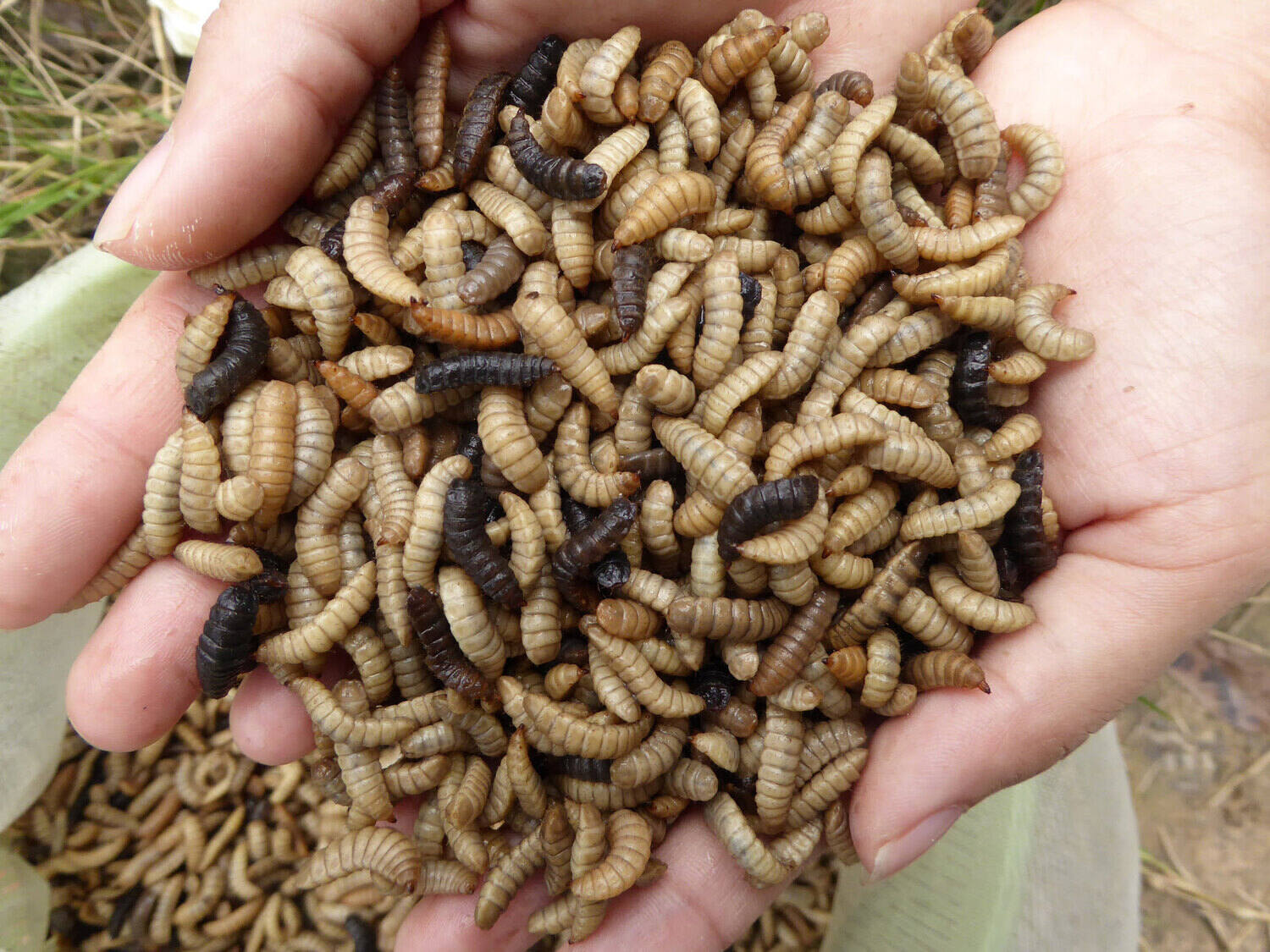

Articles
How To Store Bsfl
Modified: August 31, 2024
Learn effective strategies for storing bsfl in this comprehensive articles. Discover expert tips and techniques to keep your bsfl fresh and healthy.
(Many of the links in this article redirect to a specific reviewed product. Your purchase of these products through affiliate links helps to generate commission for Storables.com, at no extra cost. Learn more)
Introduction
When it comes to raising and using black soldier fly larvae (BSFL) for composting, animal feed, or even as a protein-rich treat for your pets, having a reliable and effective storage method is essential. BSFL, also known as phoenix worms or calci worms, are highly nutritious and can be a valuable resource. However, improper storage can lead to the loss of these beneficial insects.
In this article, we will explore the importance of storing BSFL properly and provide you with valuable insights on how to do so. By following the guidelines discussed here, you can ensure that your BSFL are kept in optimal conditions, maintaining their nutritional value and extending their shelf life.
Key Takeaways:
- Proper storage of BSFL ensures continued availability, preservation of nutritional value, and convenience. Ideal conditions, suitable containers, and regular monitoring are essential for maintaining their health and vitality.
- Long-term storage tips such as regular rotation, feeding, freezing, and proper labeling help maximize the lifespan and quality of stored BSFL. Following these tips ensures a reliable supply whenever needed.
Read more: How To Store Store-Bought Bread
Why Store BSFL?
Storing BSFL allows you to have a ready supply of these beneficial insects whenever you need them. Whether you are using BSFL for composting purposes or as a natural and nutritious feed for animals, having a reliable storage system in place ensures that you never run out of this valuable resource.
There are several reasons why storing BSFL is important:
- Continued availability: By storing BSFL, you have a constant supply of these insects even when their natural lifecycle is not in peak season. This is especially beneficial for those who rely on BSFL as a regular part of their composting or animal feeding routine.
- Preservation of nutritional value: BSFL are known for their high protein and fat content, making them a nutritious food source for many animals. Proper storage techniques help preserve the nutritional value of the larvae, ensuring that they retain their beneficial properties over time.
- Convenience: Storing BSFL allows you to have them readily available whenever you need them, eliminating the need for frequent sourcing or waiting for the larvae to mature.
With these reasons in mind, let’s explore the ideal storage conditions and techniques for keeping BSFL healthy and active for a longer duration.
Ideal Storage Conditions
Creating the right environment for storing BSFL is crucial to their survival and long-term viability. The ideal storage conditions ensure that the larvae remain healthy and retain their nutritional value. Here are the key factors to consider:
- Temperature: BSFL thrive in temperatures between 50°F and 85°F (10°C to 29°C). It is important to store them in a cool and consistent temperature range to prevent overheating or chilling.
- Humidity: BSFL require a relatively high humidity level to survive. Ideally, the humidity should be maintained at around 50% to 70%. This can be achieved by placing a moist substrate or water source in the container.
- Airflow: Adequate airflow is necessary to prevent the buildup of moisture and promote proper ventilation. This can be achieved by using breathable containers or adding ventilation holes to the storage container.
- Light: BSFL prefer dark environments, as they are naturally attracted to darkness. It is important to store them in a dimly lit or completely dark area to ensure their comfort and survival.
By ensuring these ideal storage conditions, you can create a suitable environment for your BSFL, allowing them to remain active, healthy, and ready for use whenever you need them.
Choosing the Right Container
When it comes to storing BSFL, selecting the right container is crucial for their well-being and long-term viability. The container should provide a suitable environment that meets the ideal storage conditions we discussed earlier. Here are a few factors to consider when choosing the right container:
- Size: The size of the container will depend on the quantity of BSFL you plan to store. It should be spacious enough to accommodate the larvae without overcrowding, allowing for proper airflow.
- Material: It is advisable to use containers made of non-toxic and food-safe materials, such as plastic or glass. Avoid containers made of metal, as they can react with moisture and potentially harm the BSFL.
- Sealing: The container should have a tight-fitting lid or cover to prevent any potential escape of the larvae and to maintain a controlled environment inside the container.
- Transparency: While BSFL prefer dark environments, having a transparent or semi-transparent container can be beneficial for monitoring their activity and overall health without disturbing them.
- Breathability: Choose a container that provides some level of breathability to allow for proper ventilation. This can be achieved by using containers with ventilation holes or using breathable materials.
Consider these factors when selecting the right container for storing BSFL. It should provide a suitable and controlled environment while ensuring the safety and well-being of the larvae.
Preparing the Storage Container
Once you have chosen the right container for storing BSFL, it is important to properly prepare it before adding the larvae. Follow these steps to ensure a clean and suitable environment for the larvae:
- Cleaning: Thoroughly clean the container using mild soap and hot water to remove any residues or contaminants. Rinse it well to ensure there is no soap residue left behind.
- Drying: Allow the container to air dry completely before adding any materials or the BSFL. Moisture can lead to mold growth or poor ventilation, which can be detrimental to the larvae’s health.
- Sanitizing: If desired, you can further sanitize the container by wiping it with a diluted bleach solution (1 part bleach to 9 parts water). Rinse it thoroughly after sanitizing to remove any remaining bleach.
By following these preparation steps, you create a clean and suitable environment for storing BSFL, ensuring their health and reducing the risk of contamination.
Store black soldier fly larvae (BSFL) in a well-ventilated container with a lid, lined with a paper towel to absorb moisture. Keep them at room temperature and feed them regularly with kitchen scraps. Avoid direct sunlight and excessive heat or cold.
Read more: How To Store Basil From Grocery Store
Adding Bedding Material
Bedding material plays a crucial role in providing a comfortable and suitable habitat for BSFL during storage. It helps regulate moisture levels, provides insulation, and serves as a substrate for the larvae. Here are some options for suitable bedding materials:
- Coconut coir: Coconut coir is an excellent bedding material as it retains moisture well and provides a soft and fibrous environment for the BSFL.
- Shredded paper: Unbleached and non-glossy shredded paper can be used as bedding. It provides insulation and absorbs excess moisture.
- Wood shavings: Make sure to use untreated wood shavings, free from any chemicals or additives. It creates a natural and absorbent bedding for the BSFL.
- Cardboard: Shredded or torn pieces of cardboard can be used as bedding material. It provides a textured and comfortable environment for the larvae.
To add the bedding material, place a layer of about 1 to 2 inches at the bottom of the container. This provides a suitable substrate for the BSFL and helps maintain the ideal moisture level. Remember to moisten the bedding material slightly, but avoid making it too wet or soggy, as excessive moisture can lead to mold growth.
By adding a proper bedding material, you create a comfortable and suitable environment for the BSFL during storage, promoting their well-being and maintaining their vitality.
Placing the BSFL in the Container
Once you have prepared the storage container and added the bedding material, it’s time to introduce the BSFL to their new home. Follow these steps to properly place the BSFL in the container:
- Collecting the BSFL: Carefully collect the BSFL from their current habitat, such as a compost bin or breeding container. Use a small scoop or spoon to gently transfer the larvae to the storage container.
- Distribution and spacing: Spread the BSFL evenly across the bedding material, ensuring they are not overcrowded. Leave enough space between the larvae to allow for movement and proper ventilation.
- Monitoring: Take a moment to observe the larvae and ensure they are active and healthy. Check for any signs of illness or abnormal behavior, such as sluggishness or discoloration.
- Covering: Place the lid or cover securely on the container to create a dark and controlled environment for the BSFL. Make sure it is tightly sealed to prevent any potential escape.
It is important to handle the BSFL with care and avoid rough movements or shaking that may harm or stress the larvae. By properly placing the BSFL in the container, you provide them with a suitable and safe environment during storage.
Monitoring and Maintenance
Regular monitoring and maintenance are essential for the successful storage of BSFL. By keeping a close eye on the larvae and their environment, you can ensure their well-being and address any issues that may arise. Here are some key aspects of monitoring and maintenance:
- Temperature and humidity: Regularly check and maintain the temperature and humidity levels within the storage container. Use a thermometer and hygrometer to monitor these parameters and make any necessary adjustments.
- Water source: If needed, provide a water source within the container to maintain the desired humidity level. This can be accomplished by adding a small sponge soaked in water or using a moist substrate like coconut coir.
- Mold and pests: Periodically inspect the container for any signs of mold or pests. If you notice any mold growth, remove the affected bedding material and replace it with fresh material. Take necessary measures to prevent or remove any pests that may have infiltrated the storage container.
- Activity and health: Observe the BSFL periodically to ensure they are active, healthy, and displaying normal behavior. Look for signs of stress, illness, or any other anomalies. If you notice any issues, investigate the possible causes and take appropriate actions.
- Cleanliness: Maintain cleanliness within the storage container by periodically removing any debris or waste material. This helps prevent the buildup of toxins and maintains a healthy environment for the BSFL.
Regular monitoring and maintenance are crucial for ensuring the well-being and longevity of the BSFL during storage. By staying vigilant and addressing any issues promptly, you can maintain a healthy and thriving population of larvae.
Tips for Long-term Storage
If you are planning to store BSFL for an extended period, here are some helpful tips to ensure their long-term viability:
- Regular rotation: Consider implementing a rotation system where you use the oldest larvae first. This helps prevent overcrowding and ensures that the larvae are used before they reach the end of their lifespan.
- Feeding: If you are storing BSFL for animal feed, periodically feed them to maintain their nutrition and keep them active. Use appropriate food sources that are suitable for the specific animal’s dietary requirements.
- Freezing: If you have a surplus of BSFL that cannot be fed or used immediately, freezing can be an effective preservation method. Place the larvae in a sealed container or bag and store them in the freezer. Thaw them when needed.
- Regular checks: Continuously monitor the storage conditions and periodically check the BSFL for any signs of deterioration or decline. This will help you address any issues promptly and ensure the ongoing health of the larvae.
- Proper labeling: If you have multiple containers with stored BSFL, it is essential to label them with the date and batch number to keep track of their storage time. This will help you maintain a proper rotation system and use the larvae in the correct order.
By following these tips, you can maximize the lifespan and quality of the stored BSFL, allowing you to have a reliable supply whenever you need them.
Read more: How To Store Jordans
Conclusion
Properly storing BSFL is critical for maintaining their health, nutritional value, and long-term viability. By understanding the importance of storage and following the guidelines discussed in this article, you can ensure that your BSFL remain in optimal condition, ready for use whenever you need them.
From selecting the right container to creating ideal storage conditions, every step of the process plays a vital role in maintaining the well-being of the larvae. Providing appropriate bedding material, placing the larvae carefully in the container, and regularly monitoring and maintaining the storage environment are essential for their success.
Remember to consider factors such as temperature, humidity, airflow, and darkness to create the ideal storage conditions. Choose a container that is suitable in size, material, and breathability. Properly prepare the container by cleaning and sanitizing it, then add a suitable bedding material to create a comfortable habitat for the BSFL.
Regularly monitor the larvae and their environment, addressing any issues such as mold, pests, or changes in health promptly. For long-term storage, consider implementing a rotation system and feeding the BSFL periodically. If necessary, freezing can be an effective preservation method.
By following these guidelines and incorporating proper storage practices, you can ensure that your stored BSFL remain healthy, active, and nutritionally valuable. So, whether you are using BSFL for composting, animal feed, or other purposes, implementing these storage techniques will help you maintain a reliable and sustainable source of these beneficial insects.
Remember, proper storage not only prolongs the lifespan of the BSFL but also enhances their effectiveness and nutritional value, making them an even more valuable resource for your needs.
Frequently Asked Questions about How To Store Bsfl
Was this page helpful?
At Storables.com, we guarantee accurate and reliable information. Our content, validated by Expert Board Contributors, is crafted following stringent Editorial Policies. We're committed to providing you with well-researched, expert-backed insights for all your informational needs.






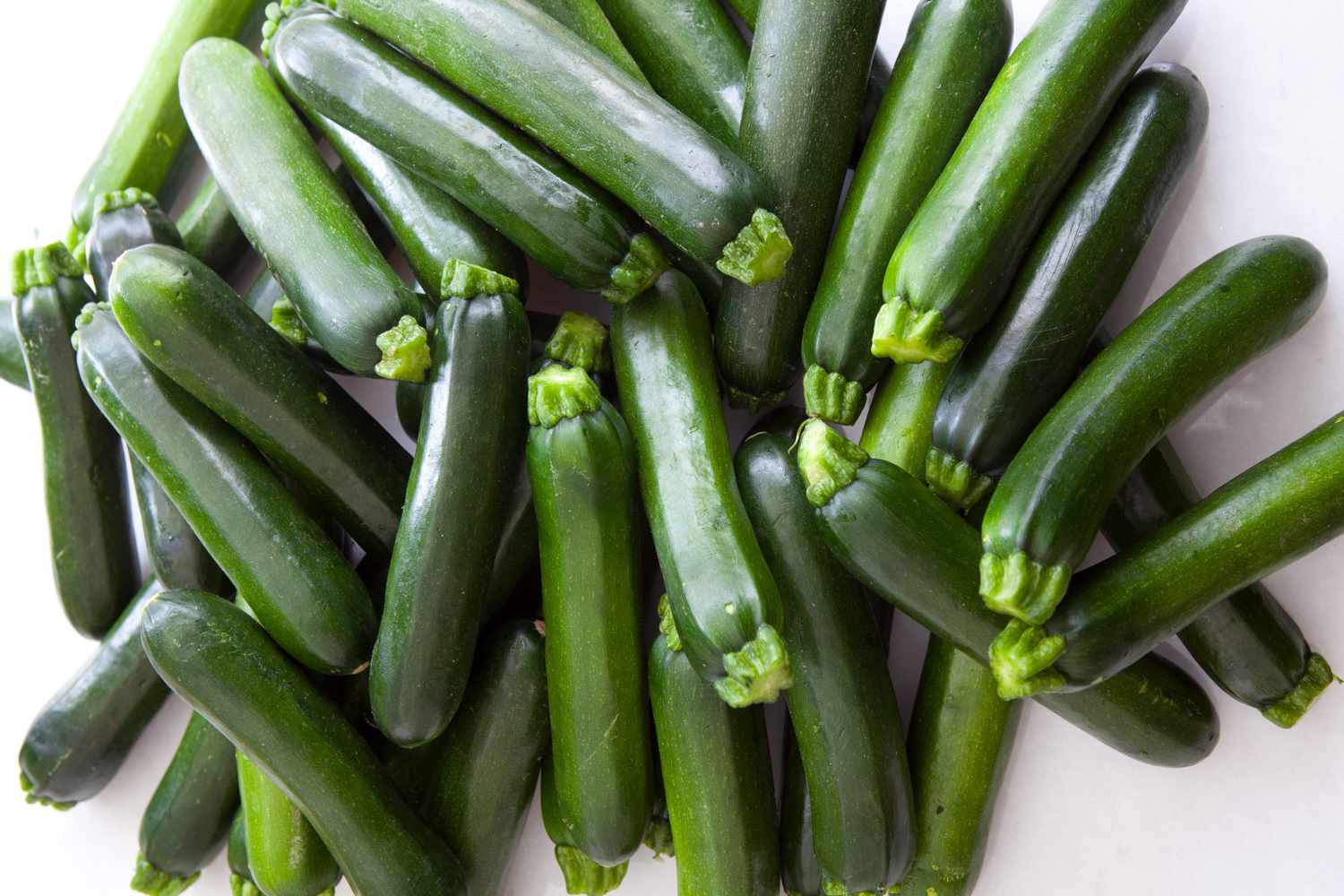

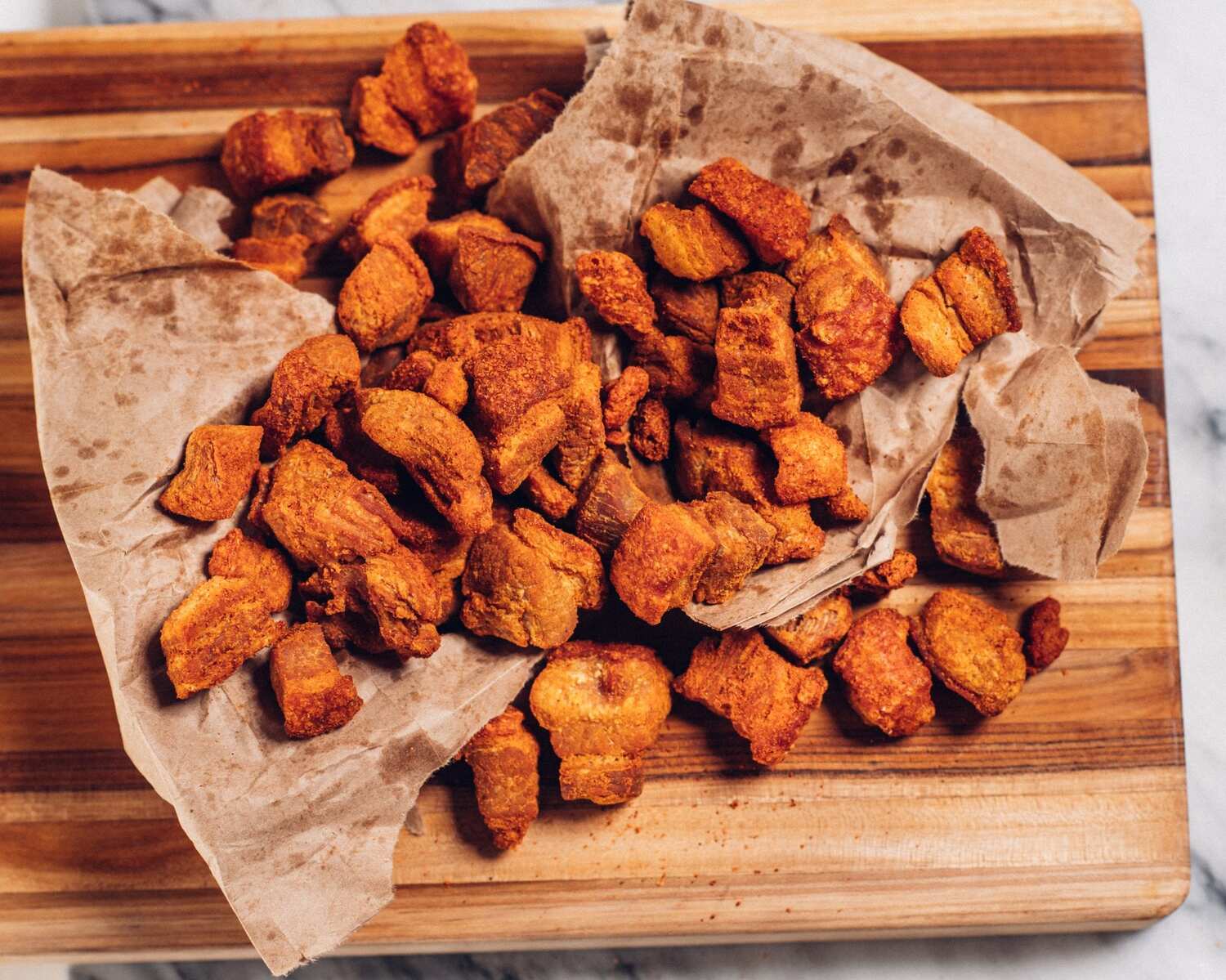
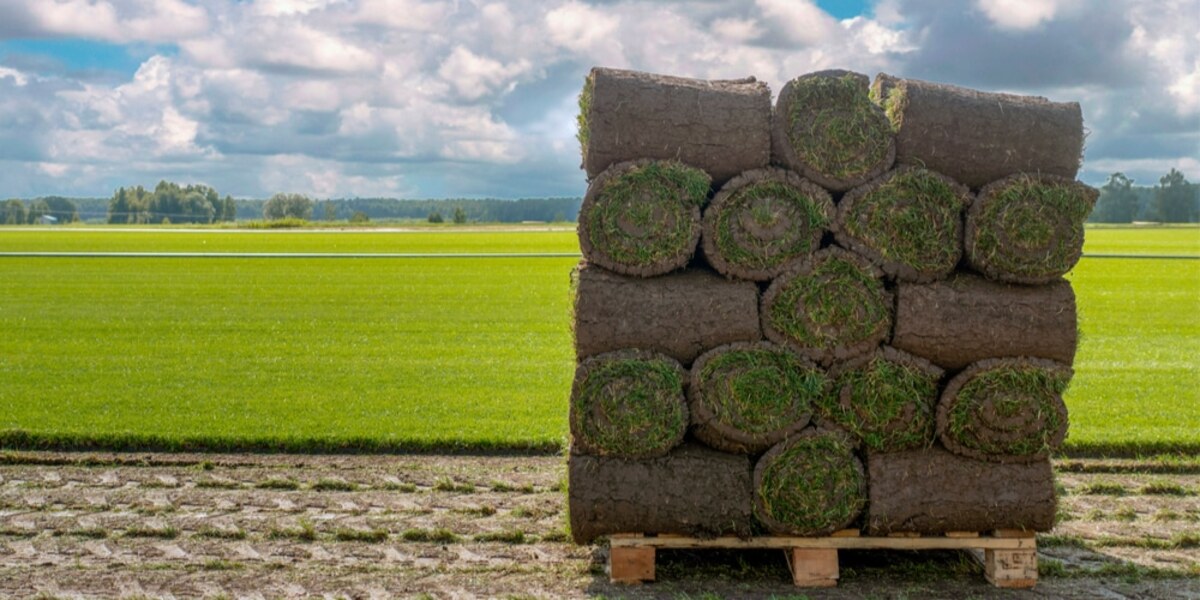
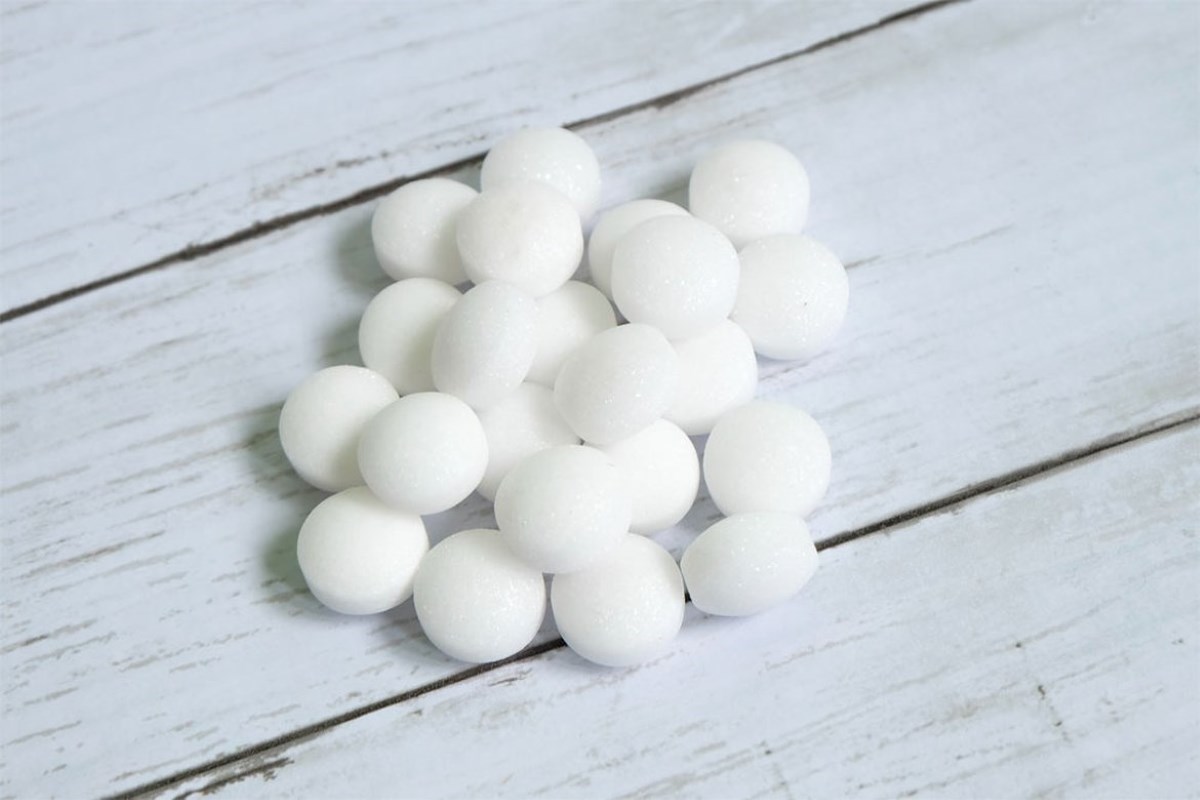

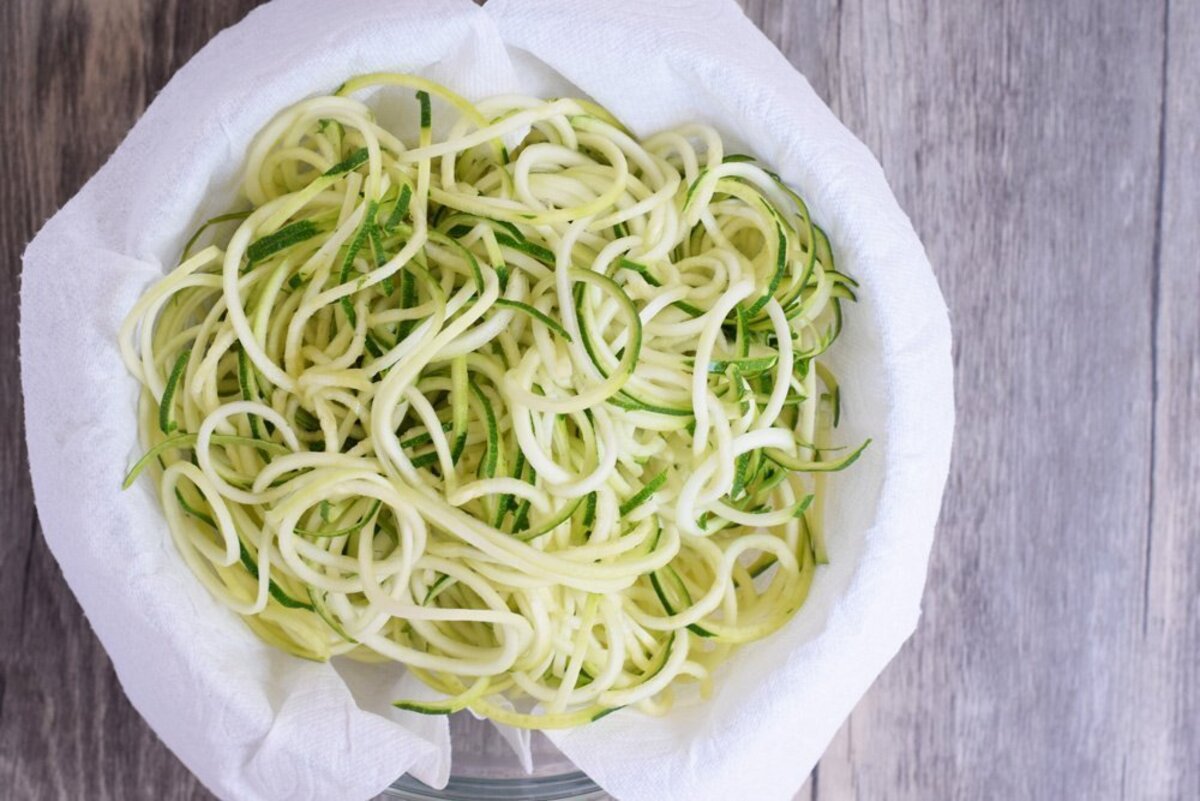

0 thoughts on “How To Store Bsfl”